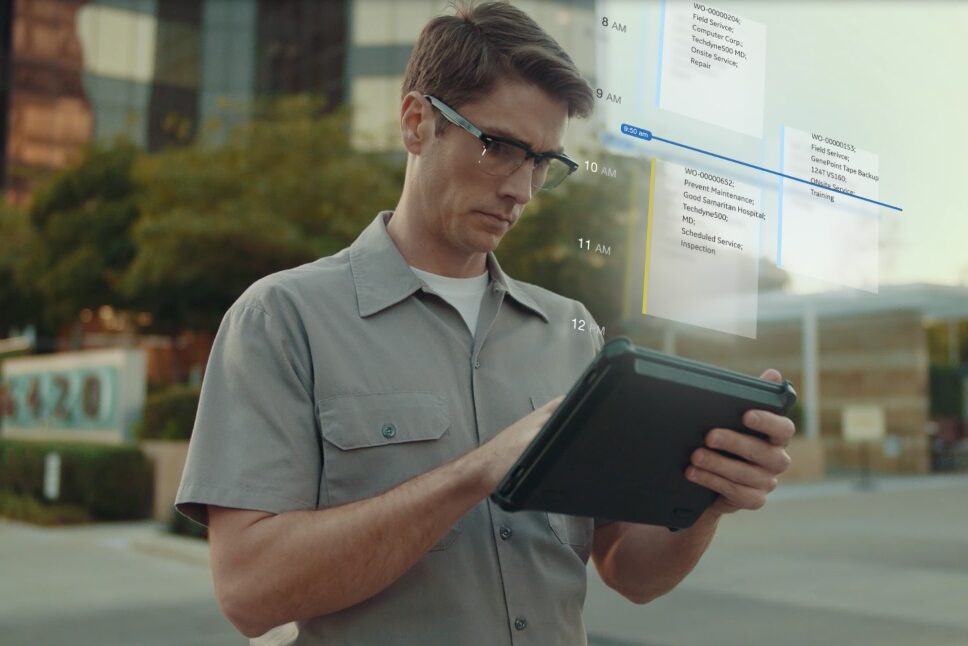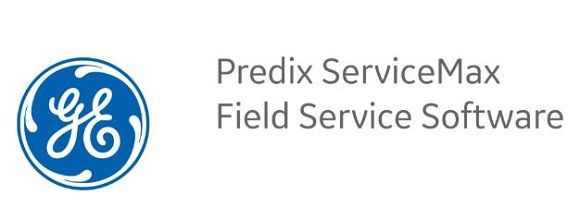
For as long as industrial companies have sold products, they have operated a division of that business whose sole responsibility was to ensure those products keep working. In a traditional service business model, an organization may be focused on a world of products, outputs, transactions, and suppliers – where each transaction was based solely on the time and materials required to make a customer whole again.
Many businesses operated as a cost center, a “necessary evil” to the organization that did not bring in any revenue. This led to a lack of investment into the area of service because the company never realized the positive return it would have. We were coming from world of “do more with less”.
The idea that service is not a valued contributor to an organization has now gone stale. There has been a shift in thinking, and the hottest way to develop a competitive differentiation for a business is now the service organization. No longer is the focus only on time and materials, service business models are becoming increasing complex.
We’ve moved to a world of solutions, outcomes, relationships, and network partners all existing within ecosystems. They work together to provide optimal solutions and highly satisfied customers. With servitization (bundling products with services – otherwise known as outcome-based services), service has earned a seat at the table, working as a profit center and having influential relationships on other areas of the business, such as sales, engineering, support, and the supply chain.
If you are looking to make the transformation and invert your business model from traditional to forward thinking, what are some of the components to consider to ensure a successful transition?
1. More Than Just A Product Change
This is not a just a product change, or a service change. It’s an organizational change. As mentioned above, service is tied in with all aspects of a business. There must be buy-in and adherence to the new strategy from the top-down. Consider finding a Chief Digital Officer that can work hand in hand with the Chief Service Officer; ensuring the transition to an as-a-service business model is as smooth and thoughtfully executed as possible.
2. Know Your Core Metrics
Identify the core service metrics that will provide you the data necessary to be successful. The best place to start is what’s commonly referred to as the Universal 9. Let’s take a little deeper look into a couple of the metrics. If you’re not currently measuring any of these, start today.
- First Time Fix Rate (FTF) – This could be the single broadest metric upon which to “move the needle” in your field service organization. If you can avoid a truck roll, you are not only saving those dollars, but if you consistently have lower FTF percentages than your competition, you effectively need more capacity in your field team than your competitors just to keep up – and we all know how expensive additional headcount can be. For those of you that have longer Mean Time To Service (MTTS), increasing your FTF rates may not save enough time to do additional work orders, but think back to some of those challenges you are facing, and to your goals for the next year. Whether you are moving towards a servitized business model or just looking to provide your customers with an experience that is a cut above your competitors, providing some headroom in your field team can afford you the time to execute on some of your offensive strategies- without having to hire additional heads and incur all those costs.
- Leakages – Contract and warranty leakage is when parts or service are given away to a customer at no charge due to thinking the customer is under contract or warranty. This is often because a field service engineer doesn’t have an easy way to check entitlements at customer site. Many companies don’t know how big of a problem this is because they may not be able to measure it with their current system, or they don’t necessarily want to admit it is a problem. Although there are absolutely situations where “no billing” services or other items is appropriate, you may be surprised at how impactful plugging these leaks can be.
- Utilization – How busy are your service engineers? Are they constantly wrenching on a piece of equipment, never taking a break? What about paperwork or travel to and from a job site? Do you consider that productive time? I recently spoke with a high-level executive who told me their service team is 100 percent utilized. This led me to ask a couple questions: #1 – How many jobs per day (on average) do your engineers complete, and #2 – What is the Mean Time to Repair for each job. The answer was shocking. I was told they complete an average of 3 jobs per day, and it’s approximately 90 minutes per job. If we add that up, that is 5.5 hours per day, and that includes a one-hour lunch. Assuming they are logging at least 8 hours per day; what are they doing with the remaining 2.5 hours? Understanding what productive vs non-productive time is, and how much you’re your team is utilized is key to making the transition to a profit center providing outcome-based service.

3. Unlocking Installed Base Equipment Knowledge
Finally, you need to have a way to capture and analyze data directly from your installed base equipment. This may involve a redesign that allows you to incorporate sensors for data analysis. New technology has created more intelligent solutions. Feeding that data back into a software solution will allow you to create more optimized solutions and understand where deficiencies may exist; resulting in a service offering that appears seamless to a customer.
Asset service data has a gravitational pull on other parts of the business. It can feed the organisation with intelligence on which products are working well and why, which products and parts are failing and need redesigning, and even how customers are using products. Understanding how products are being used in the field, which features are used least, which most, where customers want to see improvements and of course when they are ripe for upgrades. Likewise, the trend toward more outcome-based selling, also makes asset data the most relevant type of data – even more so than CRM.
In the supply chain, service and asset data helps to reduce costs by optimising the inventory based on consumption, life cycle, installed base, location and planning data. And as IoT and IIoT take hold and machines enable more predictive maintenance, call outs can be accurately organised, improving first-time-fix rates. Service engineers will always have the right parts and supply chain managers are able to accurately order to specific jobs, reducing waste and error.
Service data also provides an unprecedented feedback loop to R&D about what customer usage, peaks and troughs in demand, as well as a clear oversight of what is working in the field, what needs improving and where there are opportunities. But it’s how this data then touches other departments that makes it key. If asset data is rich and accurate, other data and departments will gravitate towards it. This ‘Asset Data Gravity’ effect is re-shaping the way businesses are making both operational and strategic decisions. Take sales, for example. Because retaining a customer carries five times less cost than finding a new one, the more forward-looking companies have realised that service data is essential for customer retention.
Most industries already know what good, reliable data looks like and most companies are familiar with the thresholds of proper testing and validation. The convergence of Industrial Internet of Things and servitization is transforming business models in the service arena, opening new possibilities for proactive maintenance, prescriptive management and recall management. Your only decision is how to transform your business to take advantage of them.


Daniel Brabec is Director, Global Customer Transformation at ServiceMax from GE Digital.


